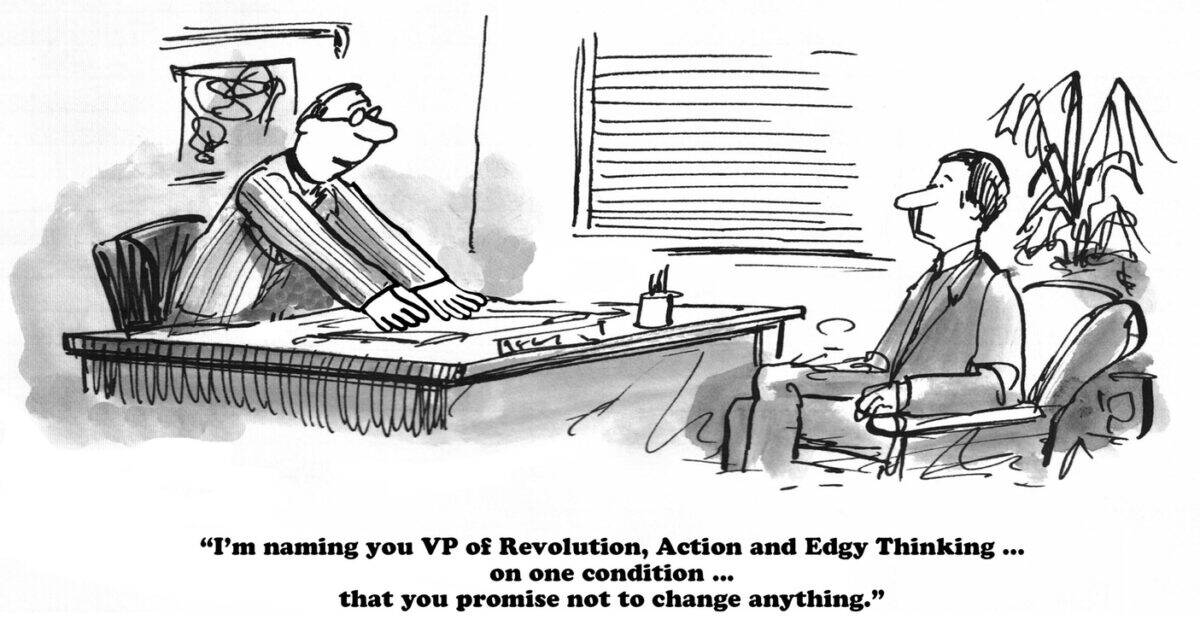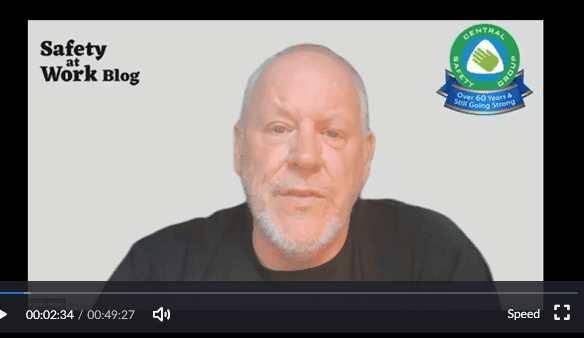Two prominent experts on psychosocial hazards at work, featuring at the Psych Health and Safety Conference later this week in Sydney, Mary Ann Baynton and I. David Daniels, responded to my question to them (and other speakers) listed in the title above.
Mary Ann Baynton’s response first:
“The two most persistent barriers to employers preventing psychosocial hazards are a misunderstanding of what is required and the belief that it would cost too much in terms of time and effort….”







